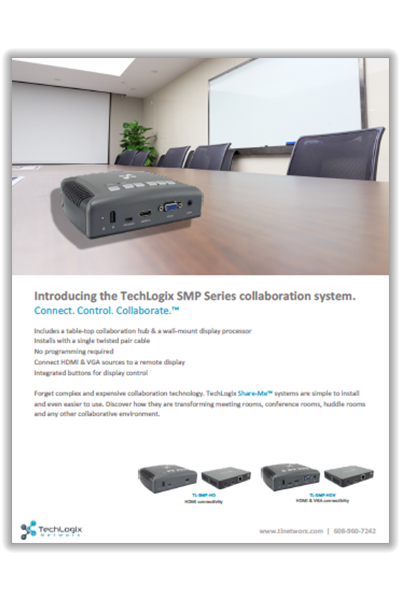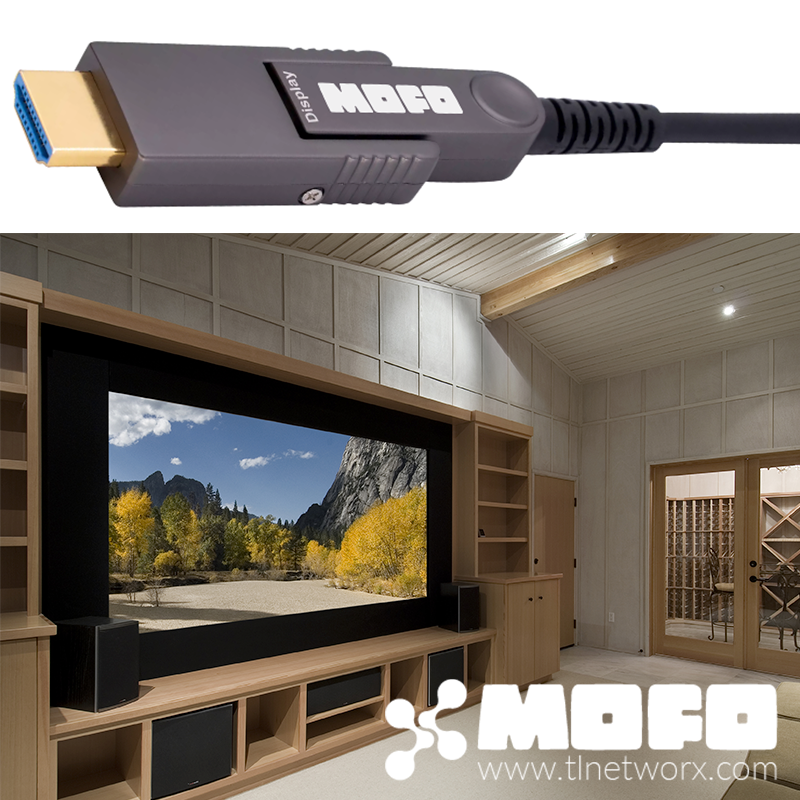Five considerations when choosing a UCC direction

Unified communications and collaboration, or UCC, has become a popular term with businesses around the globe. Corporations begrudgingly acknowledge they collectively waste over $37B on inefficient meetings, and technology is to blame. What's more, businesses who do invest in collaboration technology achieve a significantly higher return for shareholders over their less technology-savvy counterparts (47% to be exact).
Commstrader recently sat down with Lyndsay Cook, Senior Vice President of Marketing and Demand Generation at PGi, to identify five best practices to get a prospective business moving toward the UCC nirvana.
1. Define the business communication needs. Ask: What is my organization's unique collaboration mix? What technology does my organization need? What type of business do I work for? How do we work? What is expected of our industry? Is our staff virtual or office-based? Is the team made-up of Gen-Xers, baby boomers, millennials? These factors are important and once you have a view on what this looks like, then you can build a UCC strategy and business case based on reliable information.
2. Do the homework about your supplier. What is their history? Do they have a positive reputation? Will they provide customer references? These are important considerations. While there are many collaboration technology start-ups popping up, few are truly equipped to support the collaboration needs of the largest global corporations. So, check how many large companies they have supported and whether or not their deployments have been successful.
3. Conferencing that scales. For large enterprises, demonstrating the capabilities to support thousands of employees at any given time becomes crucial, both in terms of simultaneous users and simultaneous meetings on your technology provider’s network. Carefully evaluate whether a vendor’s capabilities meet the needs of your company, based on your size and scale requirements. Can they accommodate the smallest ad hoc conference calls as well as large, company-wide events?
4. Security, Security, Security. People disclose highly confidential company information on their conference calls daily, making these channels ripe for cyber-criminals. Technology teams, therefore, need to ensure that their conferencing tools are secure and resilient. Enterprise-grade security and encryption along with centralised IT administration allow organizations to establish user permissions at the individual or departmental levels, ensuring valuable company data is protected.
5. Support structure. Once all the due diligence has been considered, regardless of the strength of a provider’s network infrastructure and resiliency, firms will usually experience minor complaints that will need customer support. Does your provider offer sufficient support for this? For enterprises, it’s essential to have access to multiple support avenues, including in-meeting support, live chat, phone support and customer communities.
The complete article is available online.



Comments